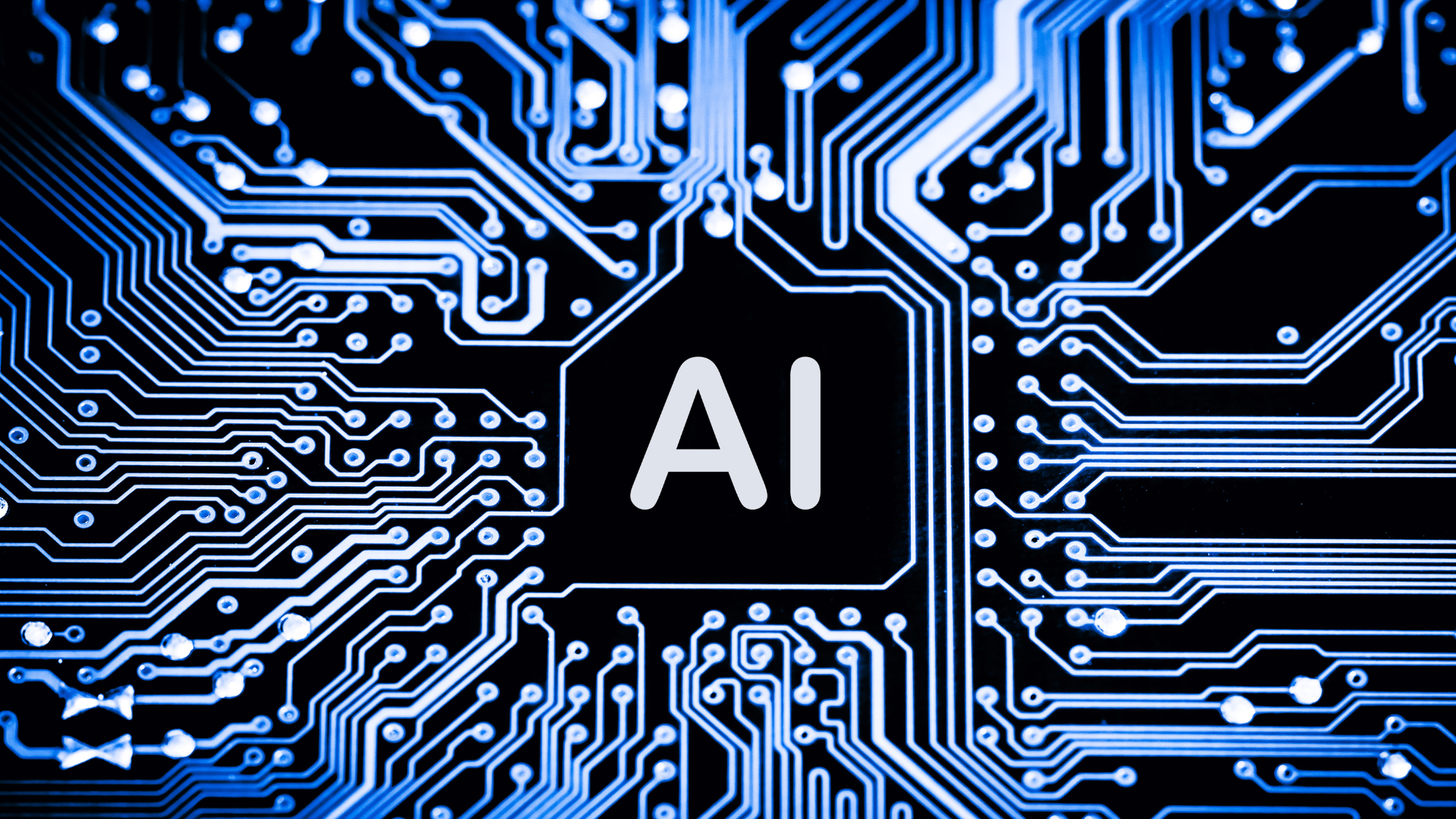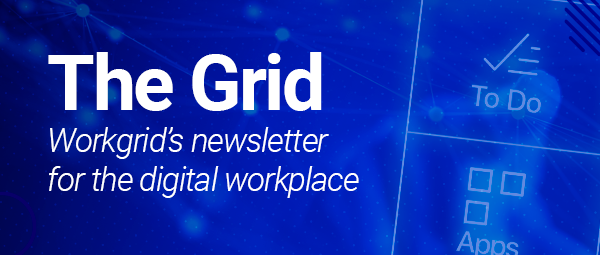Adoption of AI at Work
As artificial intelligence (AI) slowly matures and gains adoption in the enterprise, organizations inevitably face a new problem: the rise of AI friction and AI Agent sprawl. This phenomenon occurs when multiple tools, platforms, and AI agents appear simultaneously, each offering value while operating in silos.
Though each agent is designed to enhance productivity; similar to app sprawl the fragmented nature of these assistants leads to confusion, duplicated efforts, and decreased overall effectiveness.
AI is going to Fight Itself
AI friction arises when AI-driven solutions begin battling for attention. This is due to an overlap in similar functionality. Think of the potential of multiple chatbots which manage support tickets, automated assistants scheduling meetings, AI-driven analytics surfacing insights, and more – BUT, they are all working independently.
When employees are then forced to context switch between platforms, systems, and interfaces; this leads to wasted time. Moreover, it increases the chance of important details slipping through the cracks. This sprawl of tools will diminish the value each solution brings, creating friction rather than collaboration.
Why AI Orchestration is the Future
Today’s businesses are craving simplicity and consistency in their digital workplace. The key to unlocking the true potential of AI solutions and minimizing overarching friction lies in unifying applications, agents, and data - into a means that allows the user to engage with a central AI Assistant no matter where the employee works.
This helps to:
Eliminate Redundancies: Overlapping features are streamlined and mapped to the user’s actual needs, ending the ‘too many tools, not enough focus’ problem.
Streamline the User Experience: A single point of interaction for notifications, messages, or tasks helps employees stay focused and reduces the time spent switching between systems.
Optimize Decision-Making: Consolidated data and insights from multiple agents enable clearer visibility into business performance, boosting agility and responsiveness.
Reduce IT Complexity: By integrating and orchestrating tools behind the scenes, IT support overhead declines, saving resources and time while enabling more strategic initiatives.
Workgrid Builder: AI Orchestration at Its Best
Workgrid is purpose-built to address digital and AI friction, as well as pesky agent sprawl, by delivering an integrated intuitive AI Assistant wherever your employees happen to work.
Instead of compelling organizations to rip out and replace their existing investments, Workgrid allows you to connect to your existing technology stack, delivering a seamless flow of knowledge, actions, answers, agents – all in one interface.
AI Assistant: Workgrid offers a personalized AI Assistant for tasks, notifications, and information from multiple systems within a conversational interface.
Task Automation and Orchestration: With intelligent workflows, Workgrid coordinates interactions between AI-driven apps and experiences to ensure they complement each other - rather than compete.
Proactive Awareness and Insights: Workgrid surfaces relevant notifications and actions at just the right time. Users receive exactly what they need without being flooded by unnecessary noise.
AI Meets You Where You Are: Designed to adapt to your appropriate business usage, Workgrid comes out of the box with over 50 templates which allow you to introduce AI experiences based on your organizational needs and personas.
AI Orchestration for Agent-to-Agent Connectivity
The future of digital work depends on AI solutions that collaborate seamlessly for the benefit of the employee. Workgrid’s ability to create AI orchestration and connection ensures that each tool—no matter how specialized—feeds into a unified employee experience. Instead of independent AI agents and copilots, vying for the spotlight - Workgrid connects with systems, resources, and applications to ensure your employees transform their relationship with technology. This alignment translates to higher productivity, faster decision-making, and a more engaging, human-centric workplace. By proactively tackling AI friction and agent sprawl, businesses can unlock the full promise of AI—driving innovation, improving employee satisfaction, and fueling continuous growth.




